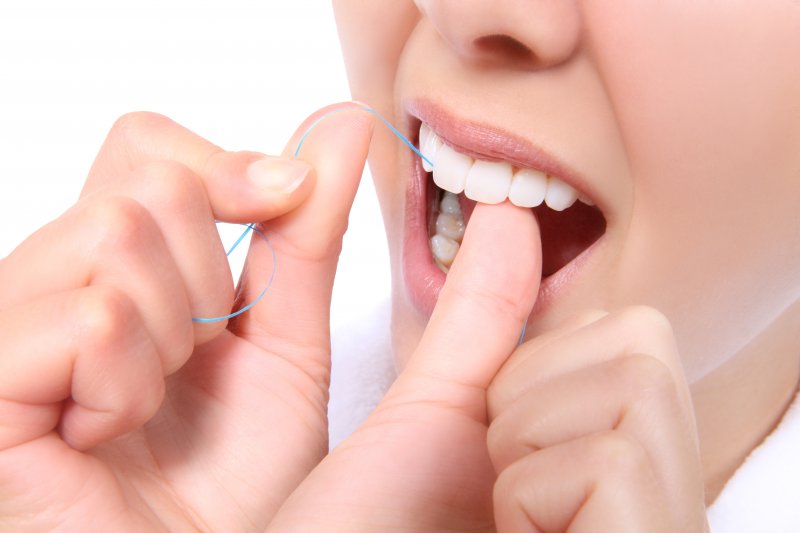
Sometimes you may cut corners in your dental routine by not flossing. You figure it’s not going to affect you much because you still brush. But every time you see your dentist for your semi-annual checkup and cleaning, they notice and tell you that it is essential to do this step. But why? In reality, adding a couple of extra minutes to your oral hygiene routine to floss can be the one thing that keeps you from developing bad breath, or worse, gum disease. Your dentist can help you achieve a flawless floss with the following steps and tips.
(more…)


